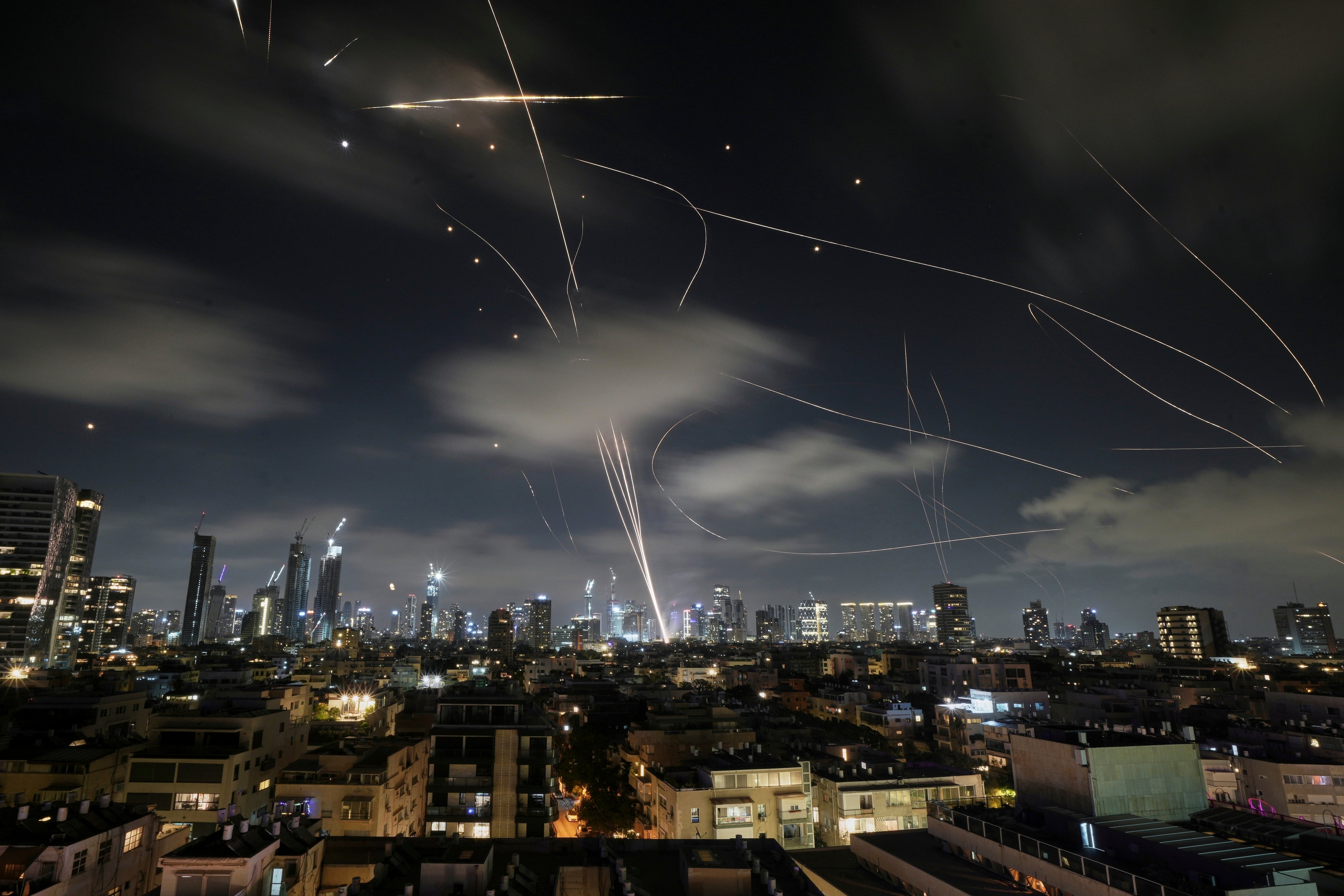Issuing personal protective gear, canceling military exercises, limiting access to installations, canceling leave and implementing quarantine, isolation and other restrictions are some of the actions that defense officials have outlined in new guidance to military commanders for dealing with widespread outbreaks of the coronavirus disease in their areas around the world.
The disease, known as COVID-19, “continues to spread and is an increasing force health protection threat in areas where Department of Defense personnel live and work,” stated the Feb. 25 memorandum, obtained by Military Times. It was signed by Matthew P. Donovan, acting under secretary of defense for personnel and readiness.
Various commands have already taken steps, such as U.S. Central Command’s suspension of leave and liberty for troops and DoD civilian workers to and within its area of responsibility. Over the last week, officials have had to make a number of decisions because of the rapidly spreading virus, including the closures of some overseas DoD schools, and the suspension of an exercise in Korea.
Defense and service officials have previous guidance several times since Jan. 30 outlining DoD’s plans for dealing with the coronavirus outbreak, based on guidance from the Centers for Disease Control and Prevention, including monitoring personnel returning from China. But CDC guidance may have limited applicability to DoD installations, particularly those outside the U.S., where it doesn’t apply to other nations. This is the first guidance that outlines specific responses for installation commanders based on the risk of the disease identified in the community.
There are more than 82,000 cases of the coronavirus worldwide, and nearly 3,000 deaths, primarily in China. A soldier stationed in South Korea became the first U.S. service member to test positive for the coronavirus this week.
Because the disease manifests differently by location, setting, population and individual, the responses need to be flexible, tailored, and incremental, Donovan wrote in the Feb. 25 memo. He provides a framework for detailed actions at various stages of risk level. Each level builds on the previous one, beginning with actions to be taken before any instances of infection in the community, such as maximizing the number of people who can telework, and identifying those people who are mission-essential and must report to duty during an outbreak.
Donovan notes that commanders outside the U.S. have unique geographic constraints and operational considerations for health protections, and also must consider applicable relevant host nation and allied forces standards.
Among the recommended actions:
*Moderate community transmission, where people have been infected with the virus in more than one location: Officials should restrict service members’ travel to these affected communities, and advise family members, DoD civilian employees and contractor personnel of the risk. They should change military exercises in affected areas to limit the risk to personnel. At this stage they define their protective gear procedures for personnel at high risk.
*Sustained community transmission: Officials should consider declaring a Public Health Emergency; limiting access to the installation; consider cancelling large public gathering events on the installation; consider changing or canceling military exercises; limiting leave and travel to the area except when approved on a case-by-case basis. If outside the U.S. and considering authorized and ordered departure actions, coordinate with respective Combatant Command or military department headquarters and the Joint Staff and DoD to align with the Department of State guidance.
*Widespread community transmission, officials should build on the measures from the previous risk levels and:
*consider restriction of movement such as quarantine, isolation, canceling public gatherings.
*strongly consider declaring a local Public Health Emergency.
*distribute personal protective equipment.
*implement quarantine for people and units returning from the area to a lower risk area.
*change or potentially cancel exercises.
*Cancel non-mission essential activities
*Maximize telework.
*Cancel all non-essential leave and travel to the area.
*Consider other restrictions of movement for people critical to national security functions
*Coordinate all authorized and ordered departure actions through their respective headquarters, and the Joint Staff and DoD to align with the Department of State guidance.
Karen has covered military families, quality of life and consumer issues for Military Times for more than 30 years, and is co-author of a chapter on media coverage of military families in the book "A Battle Plan for Supporting Military Families." She previously worked for newspapers in Guam, Norfolk, Jacksonville, Fla., and Athens, Ga.
Patricia Kime is a senior writer covering military and veterans health care, medicine and personnel issues.









